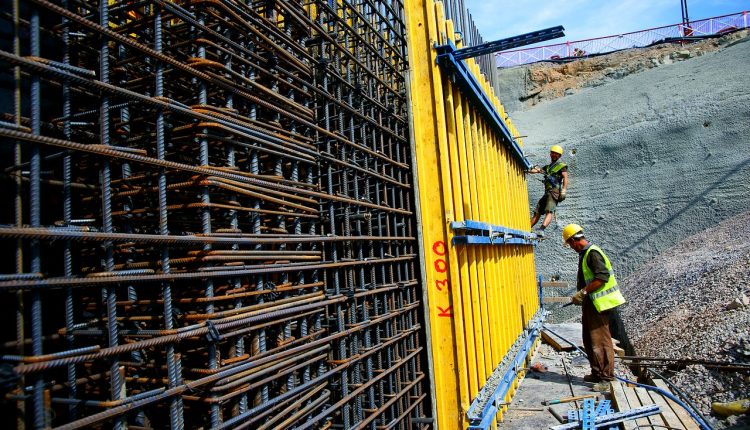The recent collapse of Carillion is one of the biggest domestic insolvencies in almost a decade, characterised by some as another Lehman. For Britain’s second largest construction company, its 43,000 global employees also provided a range of facilities management and ongoing maintenance services, most notably to a variety of UK government agencies. Until last July, the combined business had a market capitalisation of nearly £1bn, but today PwC is managing the lengthy liquidation process to salvage what it can for its many creditors. Below, David Allen, Chief Operating Officer of Monimove, delves into the issues that led up to Carillion’s downfall, from contracts to supply chain management.
The current consensus is that Carillion overreached itself, taking on too many risky contracts that proved to be unprofitable. In turn, with just £29m in cash assets, this made it impossible to manage its substantial £900m of bank debt and a similarly burdensome £600m pension fund deficit. Most acutely affected by Carillion’s demise are around 30,000 dependent businesses in its supply chain. Suppliers and subcontractors are owed roughly £2bn according to Carillion’s most recent results statement for “trade and other payables”.
According to a survey by assorted industry bodies, small businesses are owed an average £141,000; those with 50 to 250 employees face a shortfall of £236,000; while £15m is the typical debt owed to larger firms. Many of these supply chain companies are at risk of financial difficulties because of unpaid services: insurers estimate that they will pay out only £3lm to affected businesses who had appropriate cover for trade credit insurance. The future of these supply chain businesses, particularly smaller firms, is in doubt since most are unlikely to be paid anything of what is owed. Inevitably, some will go under themselves.
Many suppliers were using Carillion’s Early Payment Facility system which processed more than £400m in invoices, but this has stopped since the insolvency was announced. Meanwhile some subcontractors will be offered further protection through Project Bank Accounts (PBAs) which ring-fence money from the client when a main contractor goes under. But it is not known how many PBAs have been applied in Carillion contracts.
Under the heading ‘Sustainable supply chain’, the Carillion website boasts: ‘With an international supplier spend of around £3 billion, we believe our supply chain partners can help us make a tangible positive impact on sustainability.’ But the reality is that Carillion was not sustainable in any sense: its collapse was predictable because of a reliance on old school technologies to manage its extensive supply chain.
Lack of modernisation over recent years meant that the Wolverhampton-based conglomerate had poor control of labour, materials and services across its broad portfolio of projects. In this context, the specific problem was Carillion’s use of ineffective and irrevocable letters of credit to its contractors and sub-contractors.
One method employed by Carillion was to sign contracts, receive a large sum of money and then delay payments to subcontractors which allowed it to generate profits from holding that money. These down payments resulted in widespread neglect of key contractual requirements.
There was a systemic failure to ensure that there were robust terms and conditions with the necessary protection of enforcement clauses in the supply of goods contracts combined with an insufficient ability to exercise such clauses and if necessary, undertake injunctive action.
Sales were also prioritised over sound management. Carillion’s use of an inefficient supplier management system facilitated late payments to suppliers – over 90 days in most cases and often up to 120 days or more – which resulted in frequent late deliveries and penalties. The combined effect caused delay in project delivery across several key projects, such as the Royal Liverpool and Midland Metropolitan hospitals, with hefty penalties imposed on Carillion itself as a result, turning what should have been profit-making contracts into loss-makers.
Furthermore, the changing specifications of materials under “value engineering” cost time and encouraged bad suppliers. Consequently, there were no clear effective agreements between contractors, subcontractors and suppliers, which meant that all parties were operating in a “grey zone” that was conducive to gross mismanagement.
Within the context of backward supply chain management, Carillion’s downfall was circumscribed while the implementation of new supply chain technology may have saved it from going under. This is not a case of being wise after the event: these problems were entirely foreseeable and preventable.




